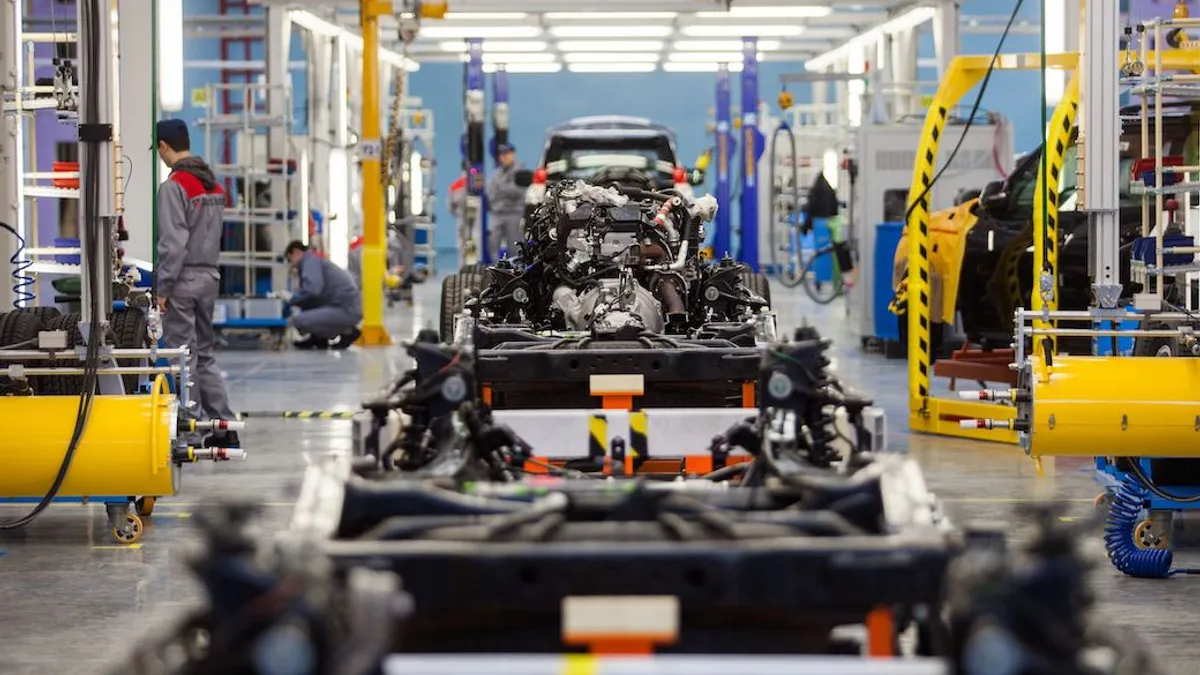Scheduling today’s hourly workforce can feel like piecing together a complex puzzle. Managers must grapple with employee scheduling preferences, high turnover, and absenteeism, all while ensuring adequate staffing across all shifts. On top of these issues, some industries such as manufacturing, face a persistent labor shortage making day-of scheduling decisions even more challenging.
Yet even with these workforce management challenges, opportunities exist for organizations to be recognized as an employer of choice—in turn, attracting and retaining top talent. Shiftboard published our 2023 The State of the Hourly Worker report back in April to share insights about the dynamics of today’s shift workers and their preferences and criteria for job satisfaction.
While we found many informative insights from the survey, this article examines illuminating pain points the research uncovered. The study also revealed various worker perceptions that, if appropriately addressed, hold the potential to alleviate these sources of stress and meet the needs of employees and employers alike. With the right approach, employers can leverage these learnings to build a productive, satisfied, and sustainable workforce.
Challenge One: Stress Among Young Workers Runs Rampant
As the new generation of workers enters today’s hourly workforce, they bring new expectations and values to their jobs. In particular, Gen Z and Millennials emphasized that influencing their work schedules (55% and 51%, respectively) was essential for job satisfaction.
On top of that, the survey results revealed a significant trend: the lack of flexibility and consistency in work schedules is a primary source of stress for these generations. In fact, it emerged as the top reason why these young workers would consider leaving their current job.
Consequently, employers and managers must face a delicate balancing act—maintaining smooth operations while addressing evolving workers’ expectations and retaining top talent.
Challenge Two: Poor Scheduling Communication Fuels Job Dissatisfaction
Nearly half of the hourly workers surveyed said it was difficult to communicate last-minute changes, like calling in sick. These communication gaps can lead to absenteeism, often a precursor to employee turnover. This puts stress on employees and managers alike, as managers must deal with unforeseen coverage gaps and disruptions to operational workflow.
The good news is that there are five ways companies can meet these two challenges head-on.
Five Strategies to Reduce Employee Stress
- Allow workers to swap shifts. Most Gen Z (85%) and Millennials (75%) prefer this option and see it as a path toward a healthier work-life balance. 79% of Gen Z and 68% of Millennials said that trying to find the right work-life balance caused them stress, rating it as a higher source of stress compared to their senior colleagues. To reduce the operational headache of shift trading, employers should consider implementing policies that allow workers to easily adjust their schedules as needed.
- Support workers’ scheduling preferences. Employers should try to gain a deeper understanding of what their workers need. Young workers are largely in favor of this, with 69% of Gen Z and 63% of Millennials stating their desire for employers to take an interest in their preferences. Consider opening the lines of communication to allow their input on the shifts they prefer to work.
- Provide workers with incentives. Another idea is giving employees the option to decide how they want to be compensated, especially for working overtime. For instance, our survey showed that Gen Z (63%) and Millennials (55%) would work extra hours for more pay. Additionally, some wanted time off in lieu of overtime pay, with 38% of Gen Z and 33% of Millennials valuing this option.
- Be transparent with scheduling. In the realm of employee scheduling, transparency might not be the first aspect that comes to mind. Managers often create schedules based on business needs, but transparency allows employees to understand the reasons behind certain scheduling decisions. In fact, 84% of those surveyed stated that transparency in scheduling creation is important to their perceived job satisfaction. If employees don’t have that direct insight into the scheduling process, they won’t understand why certain decisions are made, leading them to speculate—perhaps not in a good way, either. In our survey, 45% of workers said they would leave their employer if they thought scheduling practices were unfair.
- Optimize scheduling visibility with technology. Mobile-first solutions offer a powerful avenue to meeting workers’ desire for communication. According to our survey, 81% of workers prefer having mobile access to their work schedules. By providing digital, real-time access, workers gain a clear understanding of their schedules and can anticipate and plan for their upcoming shifts. Technology can also streamline the process of calling in sick, reducing the potential for miscommunication. Additionally, advanced employee scheduling technology can improve scheduling efficiency, freeing up valuable time managers can use to focus on other responsibilities that drive the business forward, such as productivity improvements and team training.
Implementing these changes will better align with workers’ desires and pave the way toward building a robust workforce while reducing absences and turnover.
Looking Ahead: The Future of Hourly Work
As we consider the future of hourly work, it becomes increasingly clear that improved shift scheduling and internal communication directly affect employee stress and their overall job satisfaction. In light of these workforce challenges, intelligent employee scheduling software has emerged to address the complexity of high-volume staff scheduling, reduce scheduling errors, and improve the employment experience for thousands of shift and hourly workers.










